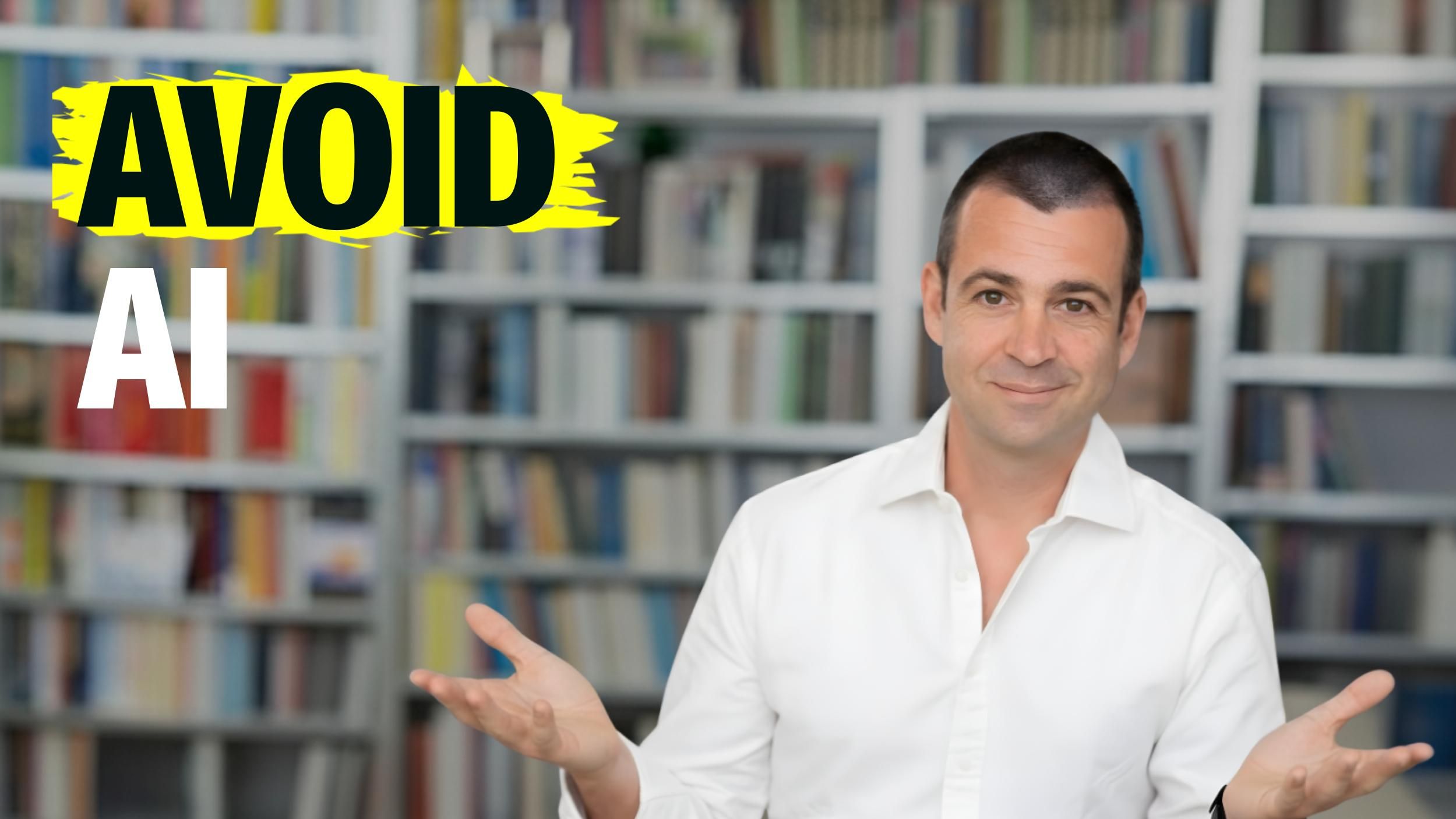
Kadena KDA the new Bitcoin in the crypto world
The project Kadena
Sprinters today. We talk one of the most undervalued projects out there. And I'm really excited when I found this, I was like, oh my goodness. Well, everybody is copying which in crypto call for other projects, this team is doing the right thing. This team is not sacrificing full decentralization, solving real problems without sacrificing decentralization. They have the decentralization level of Bitcoin. So let's dive into this team. I am really excited. Project is called Kadena and it is on proof of work, which means eat deploys, minors, not validators. Now what's the problem with pool of work, you have security, which is 100% because of the de-centralization it's like Hornets. You want to stop them. You can stop them. They will fly around. So fully decentralization means full resilience and for self healing mechanisms. That's why fully decentralized. That's the idea behind the regional white paper, um, um, behind Bitcoin.
So full decentralization is the one thing that crypto is based upon, and they have found a way to not sacrifice it now, security and this centralization, this is what proof of work is strong in. And the third leg, scalability. This is where that bottleneck occurs right now. And most projects work around that bottleneck by moving from proof of work to proof of stake like Ethereum is doing right now. And by moving to proof of stake, they say, okay, we have to sacrifice centralization in order to improve scalability. And scalability is mainly speed. Now this team, and you hear from what I'm saying, that we are losing security and we are losing decentralization, but moving to proof of stake. So it's not the best solution to this problem. Now, these guys are trying to go for the best solutions, staying on proof of work at finding a way to scale.
And they did, they did find the way to scale. How can I show you the way? Let me show you how they did it here. This, they stay in the proof of work mechanism, but they run chains in parallel here, you see the chains running in parallel. So they are currently running the fastest chain around because they run 20 stacked upon each other. Here, you see, uh, how they stake, uh, sorry, stack one chain upon each other. This is the mechanism. They are currently running 20 chains in parallel, and that's why they are the fastest. So the only problem of proof of work is scalability, and they have found a technological solution to that. Scalability. If this is not exciting, then I don't know what exciting is now on crypto Twitter. Uh, eh, we see if scalability is the issue. Kadena has solved it without compromise of security and speed. I agree. And, um, you can find more solutions, more informations here. The second thing that makes me really interested and I found this on their, on their get hub is most projects.
They allocate most ownership, most tokens to the investors, big chunks, because of course investors are important resource contribution, but investors are not what makes this health healing mechanisms. The self-healing mechanisms are the seven levels of security and one of them are the miners themselves. The miners are for many reasons, you can watch a full video by Michael Saylor, where he explains the seven levels of security of Bitcoin and here. And this is where he really brilliantly explains why security, uh, depends on the miners and how the miners are the first to spot problems. The first to lobby in, in the political buildings where loving is needed. So they are the bridge from the crypto world to the real, uh, mainstream world. Uh, because remember we are still a very small, um, frontier fringe team here. And, uh, and that this whole thing we'll get adoption when we bridge it to the real world, to the legacy world and their systems, that's where the magic happens.
Thinking about the systems
So you need lobbying, uh, and who will do loving, if not the miners, the miners are the only people were really invested or investing their money and risking their, um, economic, um, gain into investing into the technology. So they will be from here in monitoring the technology evolution. They are, um, the first one to get attacked by regulations. So they will be in conversation with the regulators. And this is a very good and important feedback loop. When you thinks in systems, the minors systems and the legacy system is really important to have that look, uh, that loop. So, uh, minors having 70% is absolutely outstanding if you compare it to all other projects and then comes the team. And the team
Is also one of the most interesting teams around we have will Martino on the team. One of the founders and we'll was in the S E C the securities and exchange commission. And guess what will be the biggest risk of this space in the coming months and years as EEC regulations is if they see you as a security, um, instead of a property, they might, um, get you unlisted from exchanges. So it's really good. And it's the first time that I see an sec person on the team, and this is really good for exactly the reason that I told you before having this bridge of the fringe crypto world, uh, to the mainstream legacy world really important. And so will is, is one of the guys. And then we have on the team, Stewart Stewart pass previous JP Morgan exposure, really important again, to link to the legacy system, just remember the real world where most the other people live.
And then we have Stuart where's 200. So this is Stewart. And the third one on the team, which now I lost yes to our topper, Stuart Harbor ease one of the inventors of the blockchain technology upon which then, uh, the anonymous collective Satoshi Nakamoto created the Bitcoin paper, the web paper, and the Bitcoin using different pieces of technologies that were already in use. And one piece is the blockchain, which was developed by literally this guy, just two words, popper, very, very under this cost under evaluated person, not flexing muscles on any social media about having really, really, um, these kills, uh, needed for these gentlemen. So team top, now let's go to our checklist. You remember, uh, last week we analyzed Phantom and we found so many red points here that, um, it wasn't a buy. No, it looks very different. When we go to Kadena, we went through all the 10 things. Does it solve a real problem? Yes.
Creating a decentralized trust
And we discussed, how is this problem urgent? Well, it is relevant. It is not, not felt by most people as origin, but it will, uh, and it is getting more and more failed as, um, as the inflationary background and the macro background evolve. Does it need teaching at the moment? Yes. Um, but it's still a green overall because it solves the proof of work. Trilemma is a decentralized, fully decentralized. There was no proof of stake whatsoever. So he's, it's the original gangster. It's 100% fully decentralized. And that's what crypto is all about. It's not about assets that appreciate it's about creating a decentralized trust, less secure and self-healing system that's remembered it. Network effects. Yes, it is a protocol. It's not a platform. It's not an application competition risk. Is it hard to copy or easy to copy? Yeah. So what can you fork? You can fork proof of stake things you can afford easily, um, uh, minors.
You cannot duplicate miners. That's why very hard to copy perfect competitive situation. Uh, everybody's copying proof of stake things before it is much a different appreciation depreciation. It has the same deflationary design as Bitcoin. So it's the opposite of inflation, deflationary limited supply, 100% of the points here. And then we move to the other five. What about the investors? Their network? Because they are in the legacy world. Their network is very strong in the legacy world. And, uh, guys, this is where the institutions and their, um, their big way money comes from. So yes, top, they don't have the, the coolest Silicon valley guys. They have more of the legacy people, but I, in terms of volume, that's a pen and then regulatory risk. Yes, it's huge. If you are classified as a security will have a problem, but, um, they have the SOC on their team.
So who better suited than them to talk to their colleagues to understand what the entry points are, what to look at and have a, a sophisticated conversation with the sec longevity, uh, uh, yes. Longevity. Well, the, the length of their being around is not, um, what makes me so bullish longevity is the self healing property for me, it's this self-healing property of the proof of work because you have the minors and I ask, wouldn't be the first one to see something not working. That will be the most interested in immediately repairing it. They will put their time and energy into repairing it. They are the cannery in the coal mine. They are the lobbyist. So I see longevity at 10 and scalability also because they have found this way to run 20 chains in parallel, which makes them right now, the fastest chain around the fastest chain are round.
And this, uh, was shocking to me because they have the best solution. They have the fastest technology and they are so undervalued. If you check sentiments, nobody's talking about them. And, um, there is no hype and no formal around them. Compare it to other coins. This is my take on Kadena. And I'm super curious what your take is to sum it up. I think there's sort the real problem. They have a great team they're fully decentralized, and that's what it's all about. They have the fastest chain because they found a way to run 20 chains in parallel. This is my take on Kadena. Everybody keep running.
Get our expert sales tips delivered
By submitting you agree to receive our weekly Strategy Sprints Newsletter as well as other promotional emails from Strategy Sprints. You may withdraw your consent at any time via the “Unsubscribe” link in any email or view our privacy policy at ant time.










